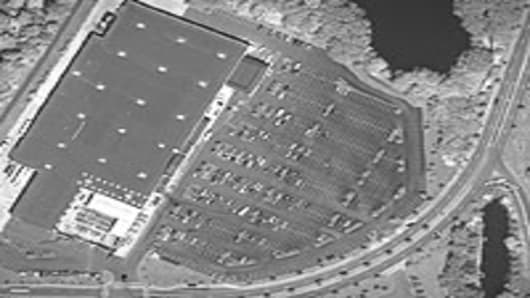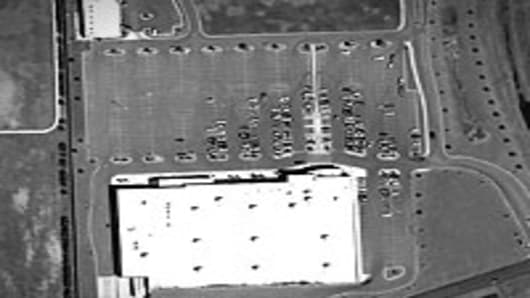As part of a growing trend among hedge funds and Wall Street firms, Cold War-style satellite surveillance is being used to gather market-moving information.
The surveillance pictures are often provided by private- sector companies like DigitalGlobein Colorado and GeoEyein Virginia, which build and launch satellites and take pictures for US government intelligence agency clients and private-sector satellite analysis firms.
That means there are two links in the chain before the satellite data gets to Wall Street—a satellite firm takes the pictures and sells them to an analysis firm, which scrutinizes the images and sells the aggregated data to hedge funds and Wall Street analysts.
As an example of how Wall Street getting in on this techhology, the UBS Investment Research issued its earnings preview for Wal-Mart's second quarter, which publicly revealed that UBS had been using used satellite services of private-sector satellite companies to gather the comings and goings of the parking lots at Wal-Mart stores. “UBS proprietary satellite parking lot fill rate analysis points to an interesting cadence intra-quarter and potential upside to our view,” the report read.





